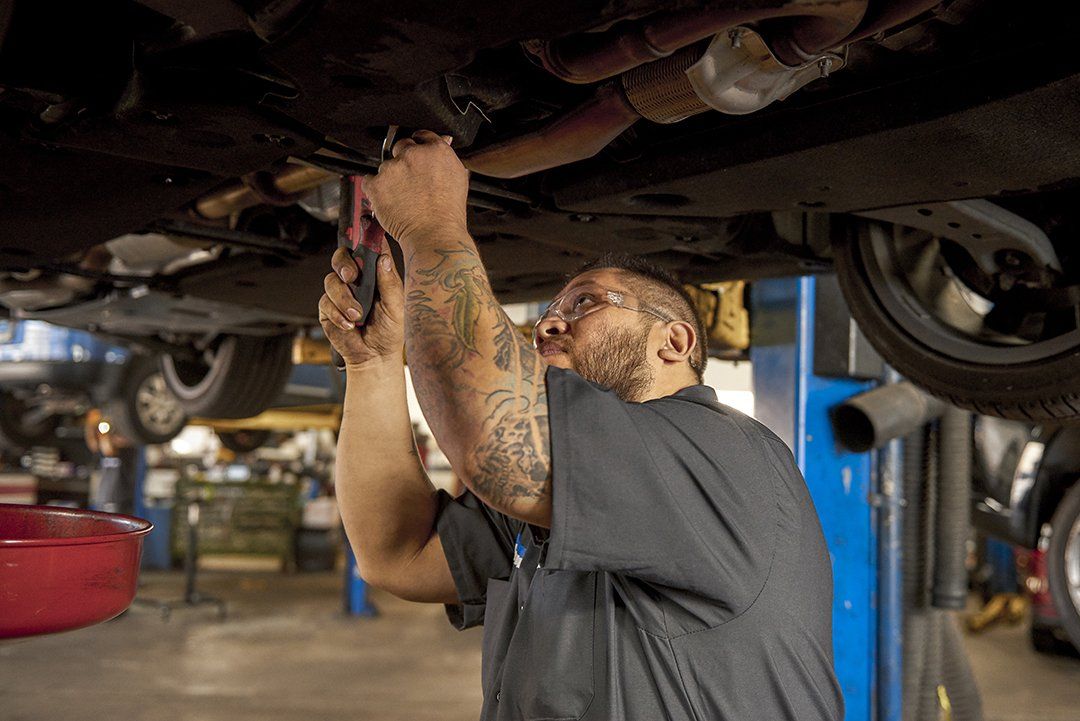Manual transmission systems, likewise called manual transmissions or standard transmission, need chauffeurs to manually choose equipments utilizing a gear stick and operate a clutch pedal. This configuration provides direct control over the vehicle's power and speed, enabling for a much more involved driving experience. The core elements of a hands-on transmission include gears, shafts, and synchronizers, which collaborate to send engine power to the wheels efficiently.
In a regular guidebook transmission, the motorist uses the clutch pedal to disengage the engine from the transmission, chooses the wanted equipment utilizing the gear stick, and after that launches the clutch to re-engage the engine with the brand-new gear proportion. This procedure permits accurate control over the vehicle's performance, enabling motorists to optimize power shipment for different driving problems. The direct mechanical link in hands-on transmissions typically results in better gas efficiency and a more linked feeling in between the chauffeur and the automobile.

The drivetrain in cars with hands-on transmissions includes several key parts:
•Clutch: Engages and disengages the engine from the transmission to permit for equipment changes.
•Transmission: Includes a set of gears that can be chosen to adjust the vehicle's rate and torque.
•Driveshaft: Transfers power from the transmission to the differential.
•Differential: Distributes power to the drive wheels while enabling them to rotate at various speeds, particularly throughout turns.

Comprehending these elements is essential for correct automobile upkeep and operation, making certain a smooth and receptive driving experience.
Check for more info at Logan Square Auto Repair - Automatic/Manual Transmission Systems Facebook Youtube Instagram
Latest Posts
Check Out Bill Walsh Ford - New Ford Vehicles for Sale – Ottawa Deals!
Electric Automobiles (EVs) vs. Interior Burning Engine (ICE) Vehicles: A Relative Analysis
Discover New Lincoln Savings at Friendly Lincoln This Week
Navigation
Latest Posts
Check Out Bill Walsh Ford - New Ford Vehicles for Sale – Ottawa Deals!
Electric Automobiles (EVs) vs. Interior Burning Engine (ICE) Vehicles: A Relative Analysis
Discover New Lincoln Savings at Friendly Lincoln This Week